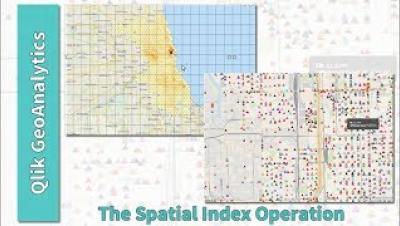Systems | Development | Analytics | API | Testing
October 2018
The Four Fundamental Ways Data is Changing the Face of Business
Big Data. Big Insights. Big Impact.: 8 Tales of Business Transformation
From BI to AI: Amplifying Intuition with Machine Intelligence
The next generation of BI will heavily integrate machine intelligence and AI – and how these technologies are embedded and used will matter. The best solutions will support human-centered analysis, which takes advantage of new technology while not losing sight of value of the human perspective in decision making and analysis.
Qlik Community Update - October / November 2018
What Does It Mean To Be An Extension?
Throughout 2018, we have evolved our strategy and capabilities around extensions. Qlik's open platform has always allowed developers to build new functionality that takes advantage of our engine and extends the capabilities of our analytics products. Historically, extensions were typically created by third parties and largely unsupported. This is changing.
Qlik Snippets - The Cognitive Engine
The Predictive Analytics Journey
Times are tough – adversity is hitting our public sector and healthcare agencies from every angle. Budgets and resources are stretched beyond breaking point with many agencies facing multi-million real-term cuts. Combine this with an increase in complex demand, heightened public scrutiny and a continued expectation of improvement; something must change.
Qlik GeoAnalytics - The Spatial Index Operation
3rd-Generation Business Intelligence (Part II)
For part two of this blog I’m seated in a café in Sydney Harbour in the shadow of the Opera House and in full view of Sydney Harbour Bridge. Why’s that significant? Well it’s not really, other than this is the 2nd stop on our Data Revolution Tour where the keynote I delivered was essentially on this very topic. Let me explain.
3rd-Generation Business Intelligence (Part I)
I’m seated here on the balcony of our rented apartment in Chamonix looking up at Mont Blanc. It’s an incredible view but its beauty is deceiving and as anyone who has climbed knows, all too often the summit is not the one you can see. In the case of Mont Blanc, the perspective is such that the Dôme du Goûter seen in the foreground often looks bigger. I can assure you it’s not.







